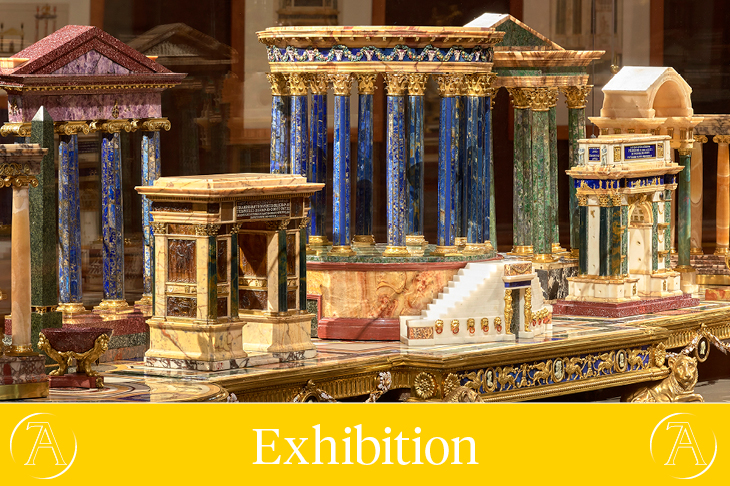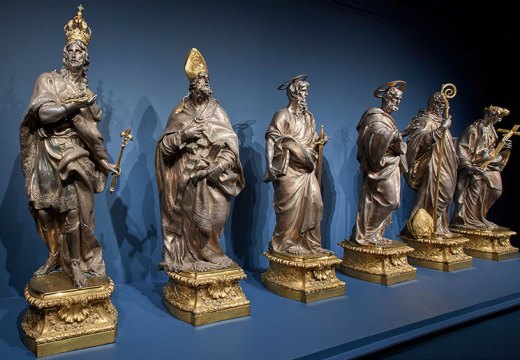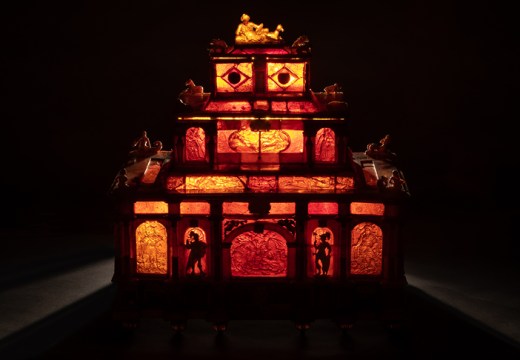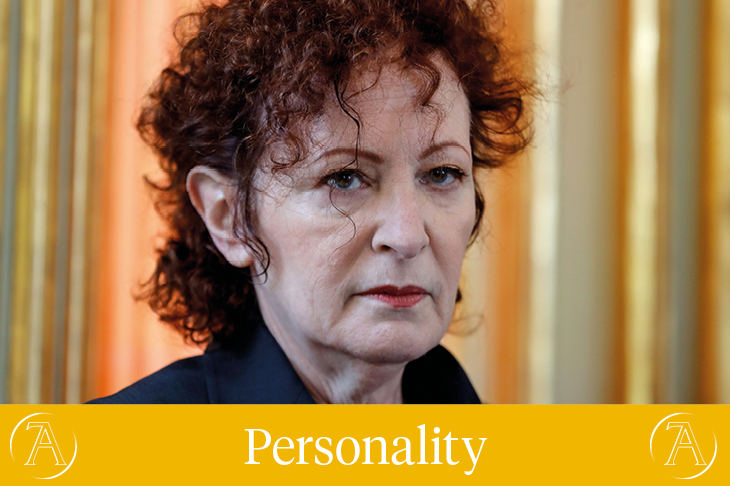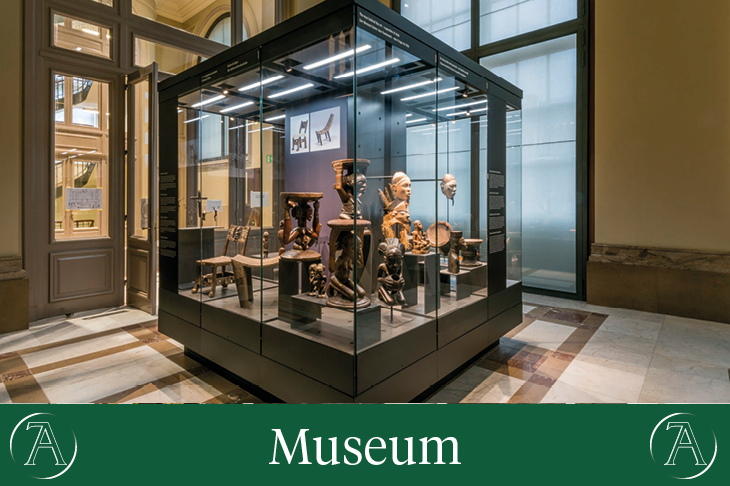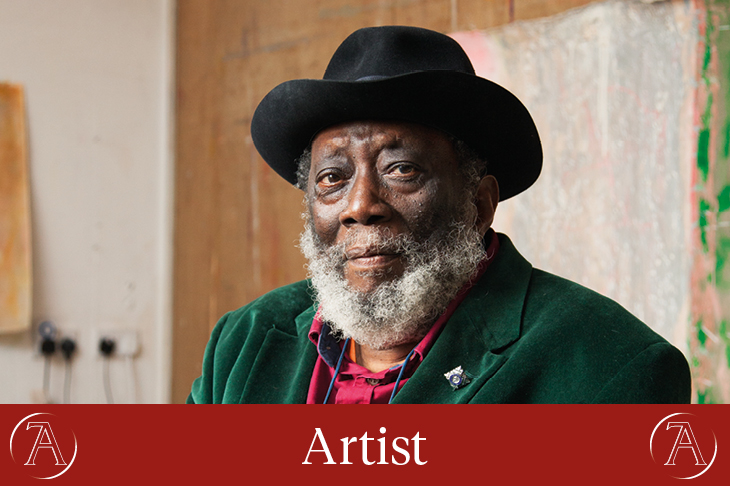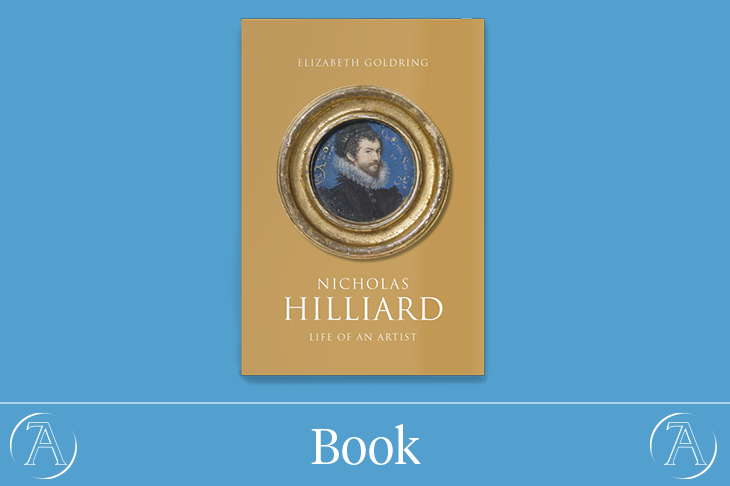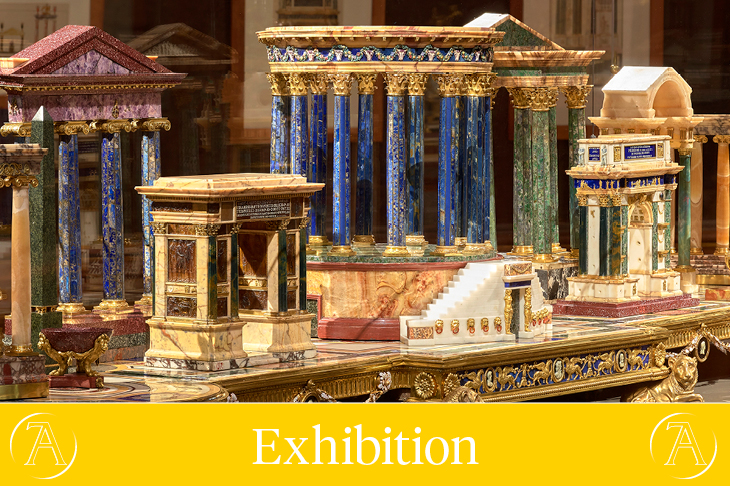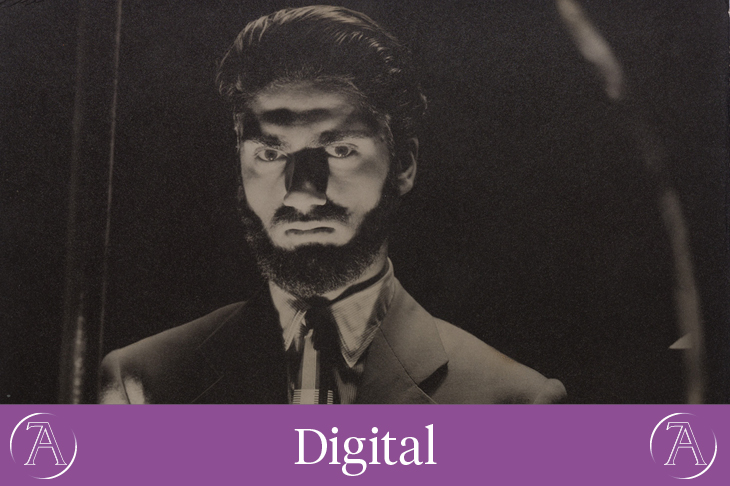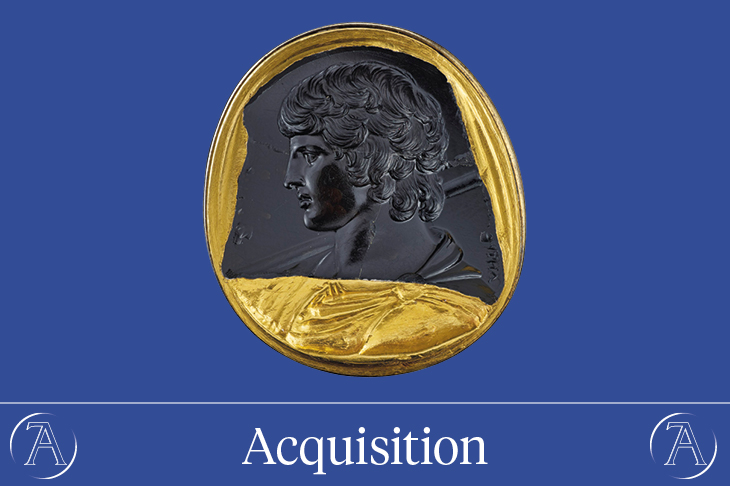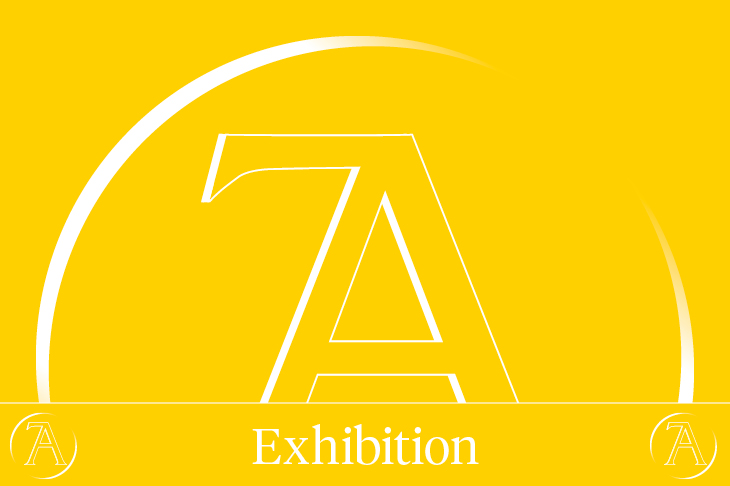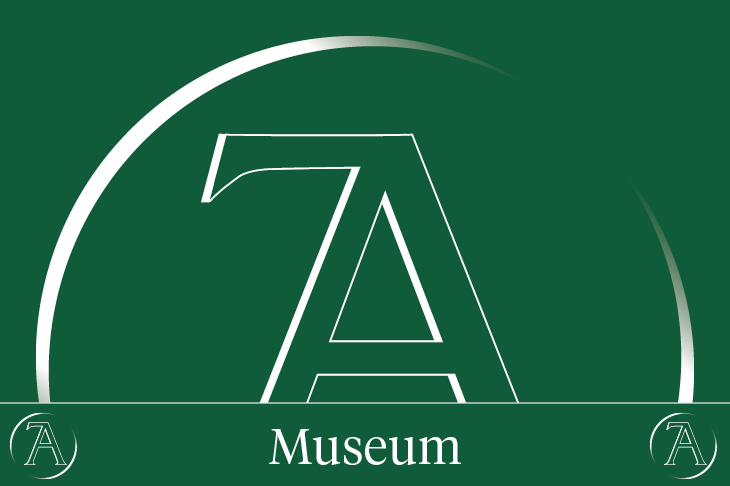‘Luigi Valadier: Splendor in Eighteenth-Century Rome’
Frick Collection, New York
31 October 2018–20 January
One of Luigi Valadier’s most eminent clients, Catherine the Great, who owned so many fine things, referred to the work of the Roman decorative artist as ‘dazzling and noble magnificence’ and ‘the most beautiful decoration in the world’. She was in good company; his other clients included figures such as Gustav III of Sweden, Pope Pius VI, Madame du Barry and the 1st Duke of Northumberland. They, and many aristocratic Grand Tourists, were drawn to Valadier’s miniature buildings made of semi-precious stones, to his gilt-bronze and silver oil lamps adorned with angels or his bronze deities modelled after ancient statuary and his gilt-trimmed tables with dodecagonal porphyry tops. For its monographic show of Valadier’s work, the Frick gathered examples of every category of his wares along with drawings and archival material that had been widely scattered. The display and weighty accompanying book by Alvar González-Palacios explained how many important objects have vanished during European wars, and how much we do not know about the sculptor, metalsmith, designer and antiquarian. The Frick is to be applauded for staging such a refined, research-led exhibition, at once erudite and elegant, which dovetailed intelligently with its own recent acquisitions by (or related to) its subject.
Valadier came from a family of French émigrés; his father Andrea, a native of Aramon, near Avignon, was a goldsmith who supplied tableware to the Borghese and Odescalchi families. Luigi expanded the business with offerings of bust portraits, clocks, candelabras, chimneypieces and herms, among other luxuries, as well as architectural elements for churches, including altarpieces and baptistery grilles. It was a remarkable coup for the Frick to borrow an entire squadron of saints made of silver and gilt bronze, wearing complicated, flowing robes, from the Cathedral of Monreale in Sicily. Cases were devoted to elements from Valadier’s desers (table centrepieces) depicting Roman ruins, made of jasper and lapis and studded with ancient and 18th-century figurines and cameos. These colourful crumbling cityscapes transfixed visitors to the Frick, just as they did Catherine the Great and her courtiers during lavish banquets.
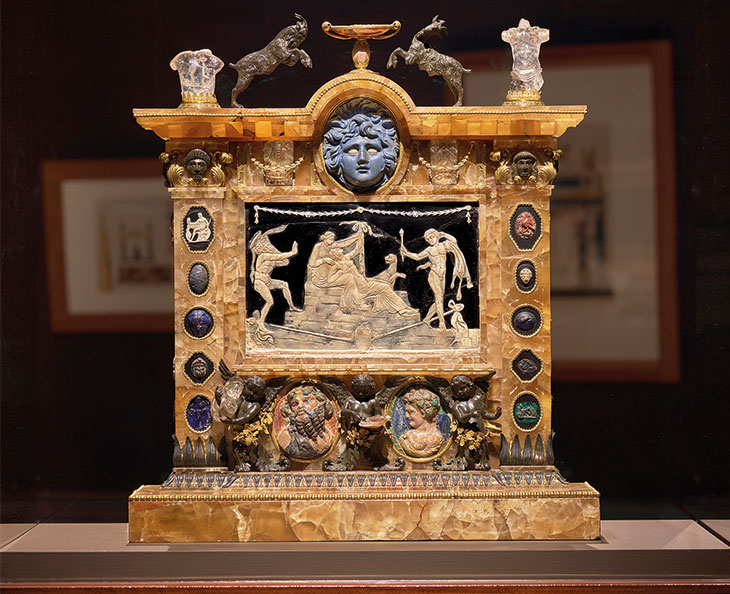
Bacchus and Ariadne (1780–85), Luigi Valadier. Musée du Louvre, Paris. Photo: Michael Bodycomb
Eve M. Kahn is the author of a biography of the painter Mary Rogers Williams.
The Winners | Personality of the Year | Artist of the Year | Museum Opening of the Year | Exhibition of the Year | Book of the Year | Digital Innovation of the Year | Acquisition of the Year | View the shortlists
Unlimited access from just $16 every 3 months
Subscribe to get unlimited and exclusive access to the top art stories, interviews and exhibition reviews.

